10. Inception
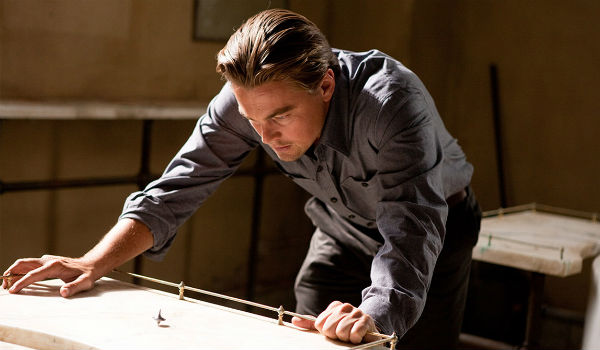
Christopher Nolan has often toyed with complex stories about the nature of reality, but Inception took his dizzying imagination to a new level with an exciting heist caper that takes place entirely within the minds of his characters. Nolan uses this thriller premise to explore how ideas form and why people make decisions, and the multiple layers of dreams within dreams that Cobb (Leonardo DiCaprio) and his team operate in often question what is real.
Cobb’s emotional journey to recover from his wife’s death causes him to both purposefully and unintentionally mask some of his own memories, and Inception is very rewatchable for viewers who want to examine Cobb’s coping method and what his real motivations are. Whether or not the ambiguous ending is satisfying is still up for debate, but it’s clear that Nolan’s film is one of the most meticulously crafted cinematic achievements of the decade.
9. Arrival
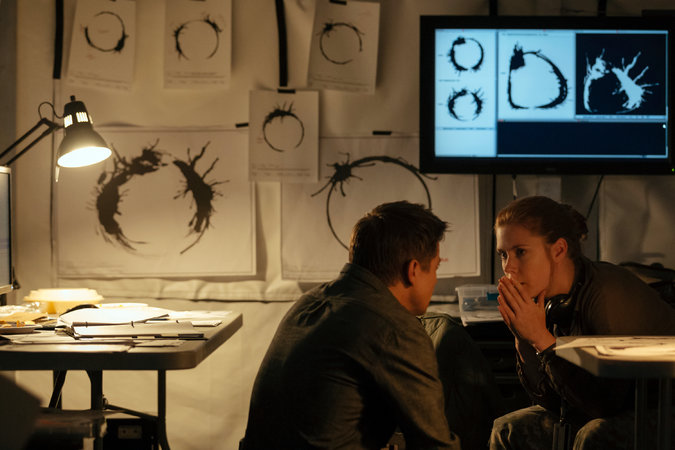
Arrival is one of the rare sci-fi films that is both intricate in its out of the box premise and emotionally satisfying for its characters, and Denis Villeuneve succeeds at both of these things due to the nontraditional structure. Flashbacks and time travel can often be confusing concepts, but Arrival grounds the entire premise of an extraterrestrial society’s attempt to communicate within a heartfelt story about the scientist Louise Banks (Amy Adams) who is reeling from tragedy and searching for meaning.
Villenueve is very detailed in how he depicts communication between aliens and humans, and designs a complex communication system, and the film asks deep questions about whether or not humans have the ability to change their own destinies. Banks makes a very difficult decision at the end of the film as she chooses to accept a future she knows will end in tragedy, and the philosophical debate over whether she made the right choice makes Arrival a powerful emotional achievement.
8. Under the Silver Lake

While it is literally about the nature of conspiracies and subliminal messaging, Under the Silver Lake ends up turning these tropes on their head and examining how an obsessive character uses these complex systems to give his life a greater meaning. Sam (Andrew Garfield) isn’t a particularly likeable character, and as he searches for a girl (Riley Keough) that disappeared, it’s unclear if the wacky adventures and memorable side characters are actually connected or just part of Sam’s delusion.
There are recurring themes about how Hollywood sweeps up and spits out generations of young women, and even if Sam claims to be unraveling the conspiracies that surround him, it’s clear that his actions are part of the system of misogyny. There’s a fascinating storyline revolving subliminal messaging in pop songs, which culminates in one of the decade’s zaniest scenes when Sam encounters an enigmatic Songwriter who claims to have written decades of pop hits and shaped generations of people in his own image. Whether or not David Robert Mitchell’s film is a masterpiece or a series of sparsely connected concepts is up for debate, but it’s impossible to deny the ambition of Under the Silver Lake and the lengths that it goes to delve into the seedy side of Hollywood.
7. The Other Side of the Wind
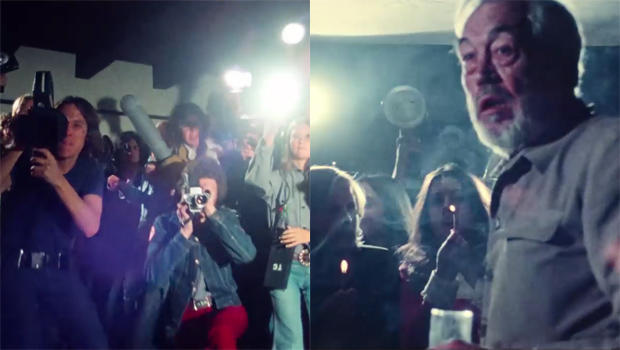
It’s impossible to differentiate the content of The Other Side of the Wind from the narrative that surrounded it; shot by the legendary Orson Welles in the early 1970s as an attempt at a Hollywood comeback, The Other Side of the Wind was left unfinished for decades as Welles faced financial setbacks and was unable to complete the film before his death in 1985. Ultimately, the film was released on Netflix in 2018 after producers compiled Welles’s footage and ideas into a completed project, and the finished film is a fascinating window into Welles’s planned comeback.
There’s a great meta commentary to the film, as it explores the life of Jake Hannaford (John Huston) as he screens his latest film, and by using a “film within a film” model, the film examines Hannaford’s hidden secrets through his latest film; ironically, viewers now use The Other Side of the Wind to examine Welles and his lost insight. It’s a relic of cinema that both indulges and satirizes experimentation filmmaking, and is an essential watch for any cinephile.
6. Interstellar
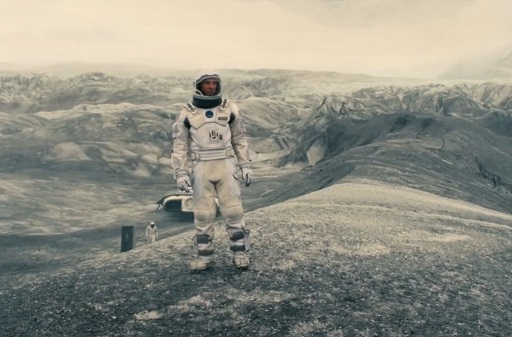
Stanley Kubrick and Steven Spielberg are often cited as two of the all-time great directors that have completely different sensibilities, as Kubrick was renowned for his rich philosophy and provocative surrealism, and Spielberg is regarded as a master of emotional pathos and exciting adventures. With Interstellar, Christopher Nolan did the impossible and honored both legends with a film that is both intricate in its meditation on existentialism and overwhelming with its heartfelt characters and message of love.
Nolan and his crew went in depth researching the practical physics behind relative time, wormholes, and galactic communication, and each new planet and existential being provides another unprecedented visual feat. However, it’s the simple emotional connection between a father and daughter that drives the story, and Nolan uses this powerful relationship as a bridge to a more hopeful future.
5. Cloud Atlas
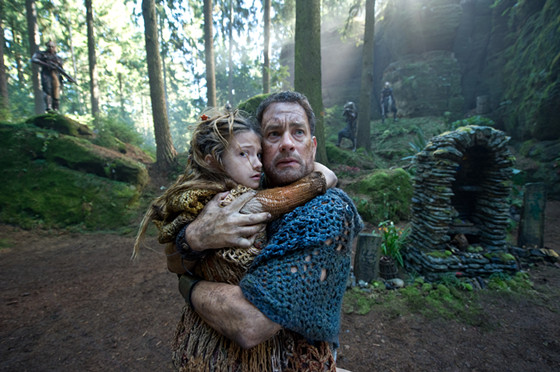
While David Mitchell’s novel was deemed to be unfilmable due to its complex structure and weighty themes, the Wachowskis and co-director Tom Tykwer did the impossible by bringing to life the adventures of a huge ensemble of characters over six different timelines. Due to inventive editing, past, present, and future all exist at once, and Cloud Atlas shows how small acts in one timeline may ripple into the future.
By casting actors like Tom Hanks, Halle Berry, and Hugh Grant in multiple roles, the Wachowskis explore how different souls manifest themselves across history, and while some lives are elevated by heroism and hope, others are destroyed by greed and violence. Making a film that wrestles with the nature of eternity is no easy feat, but Cloud Atlas is a stunning achievement that never collapses under the weight of its complex story.
4. Enemy
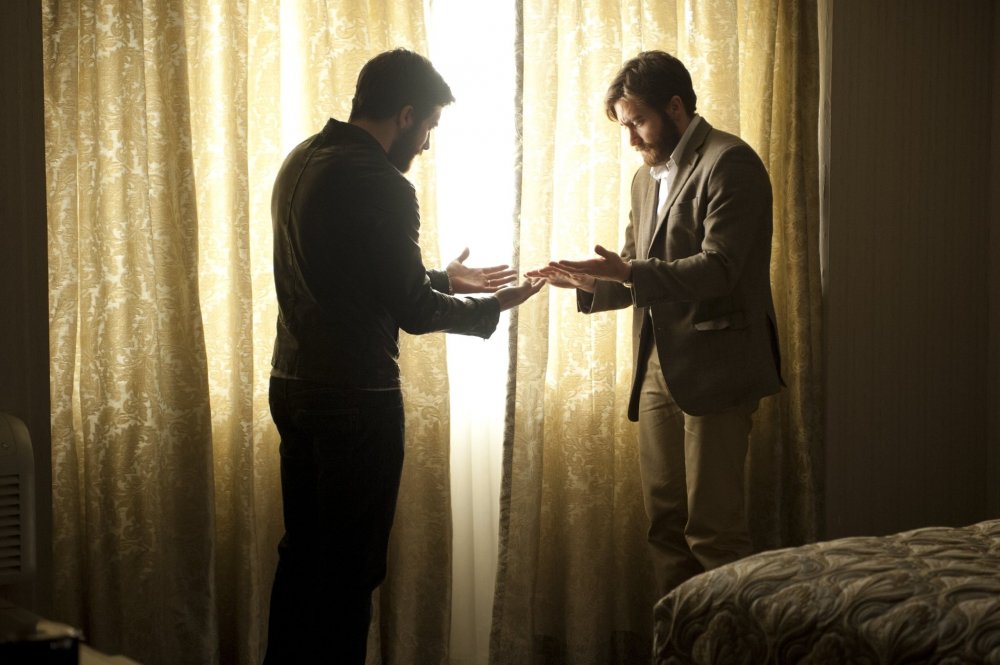
Enemy is a film that doesn’t feel the need to explain itself, and the shocking final shot speaks to Denis Villeuneve’s great ability to unnerve and engage his audience. While the story of two identical men that become obsessed with each other can be interpreted as one man’s struggle to wrestle between conflicting desires, Enemy is genius in how it pits two sides of the same man against each other, and Jake Gyllenhaal delivers a phenomenal performance as the dual characters.
Both characters learn things about the other one’s lives and nature that causes them to question and explore their past mistakes, and the surrealist imagery involving spiders adds commentary on complex gender relations. Both scary and playful, Enemy is a fascinating mystery that leaves the audience still questioning what they saw long after the credits roll.
3. The Master
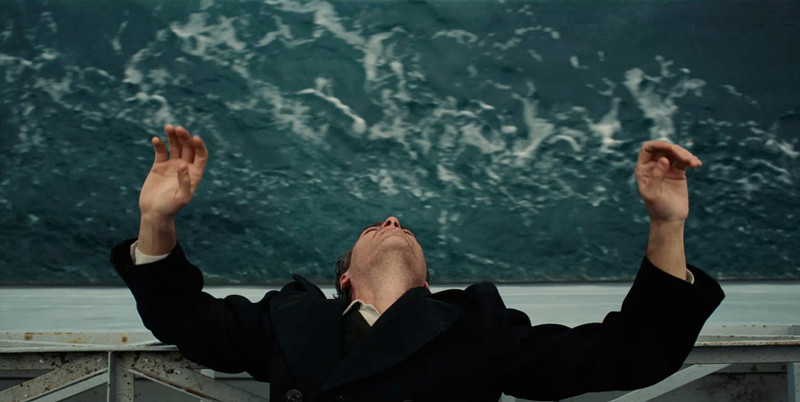
Paul Thomas Anderson has made many masterpieces, and The Master is Anderson at his most intimate. While there are certainly many comparisons to be made about the similarity between Phillip Seymour Hoffman’s character Lancaster Dodd and real life Scientology founder L. Ron Hubbard, the film expands upon that premise to show the nature of control and the extents that people will go to be seen as important. Seen through the eyes of the outsider Freddie Quell (Joaquin Phoenix), Dodd’s group “The Cause” subverts and reinvents itself to fit within the philosophies of its enigmatic leader.
It’s a constant power struggle between Quell and Dodd, and through Quell’s unwillingness to conform and the latent sexual tension between the two, Anderson explores how masculinity and a lack of decency can shape radical thinking. Anderson has stated that The Master is his favorite film that he’s made to date, and while it’s hard to pick a favorite film from this brilliant filmmaker, The Master is surely one of his strongest works.
2. Under the Skin
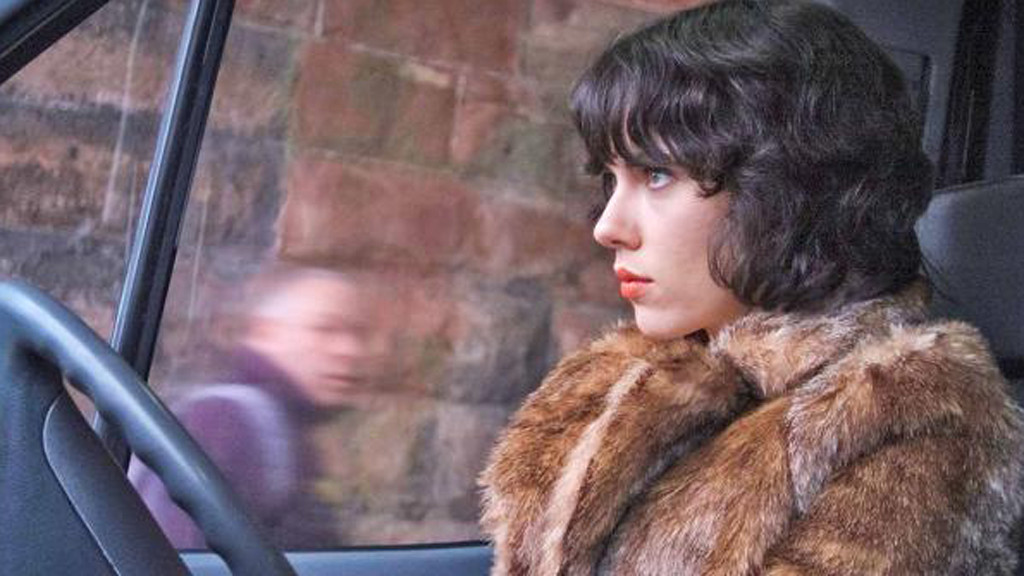
This science fiction masterpiece uses surrealist imagery, shocking body horror, and meditative existentialism to explore the very nature of humanity. An alien creature (Scarlett Johansson) explores humanity by seducing and killing men across Scotland, and through each life taken, this extraterrestrial grows a deeper understanding of the primal desires of men.
It’s a fascinating way to explore human nature by using a removed perspective, and each encounter furthers the themes of sexual objectification and animalistic impulses. It’s disturbing how raw and dark filmmaker Jonathan Glazer takes the material, but he’s also able to show the beauty that this creature finds as she visits Earth for the first time.
1. The Tree of Life

Perhaps the most ambitious film since 2001: A Space Odyssey, The Tree of Life is an epic that starts off showing the birth of the universe and then narrows its focus to explore one boy’s adolescence in West Texas during the 1960s. Jack is caught between the conflicting viewpoints of his parents; his mother (Jessica Chastain) teaches the way of grace, while his father (Brad Pitt) teaches the way of nature, and Jack’s self-exploration reflects his parents’ wrestling beliefs. While Pitt’s character often fuels a darker side to Jack, it’s also easy to sympathize with his desire to prepare his children for the harshness of the real world and his own regrets about not living life to its fullest.
Terrence Malick imagines a radical exploration of life and death, exploring how compassion and lust shape the entire history of Earth’s creation up until the point that these existential questions continue to haunt Jack. The grand imagery Malick imagines helps to illuminate his vision of an afterlife as a personal reflection of memory, as Jack’s vision of life after death includes imagery from both his own childhood and the story of creation. Few films in history have the grand scope of The Tree of Life, and due to its ability to ask huge questions and ground them in an emotional coming of age story, it ranks as the most complex film of the past ten years.